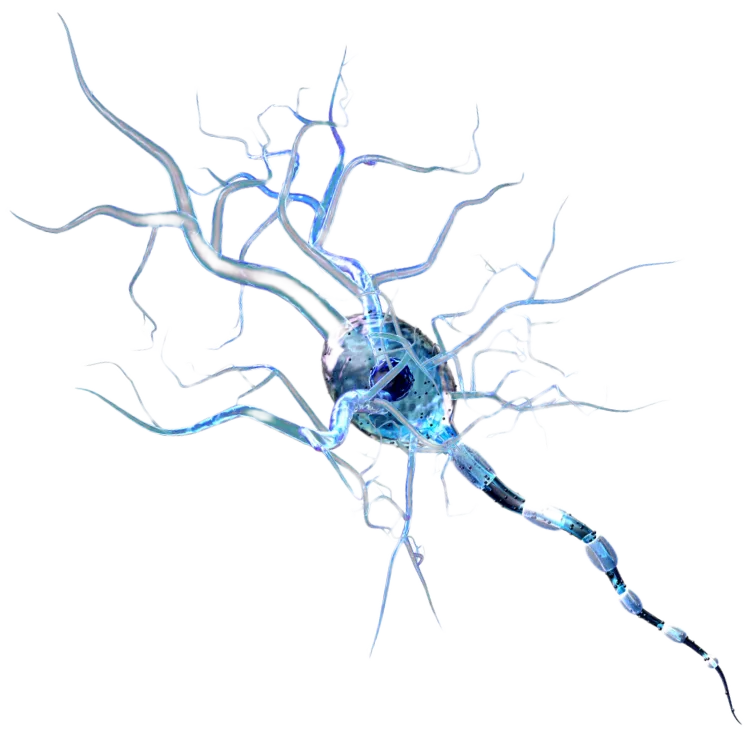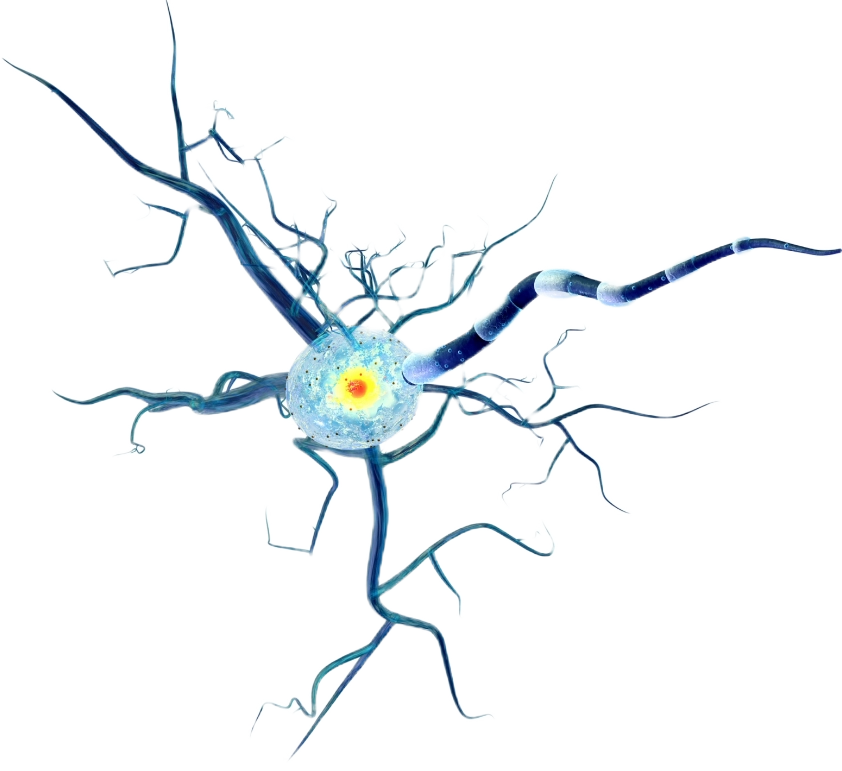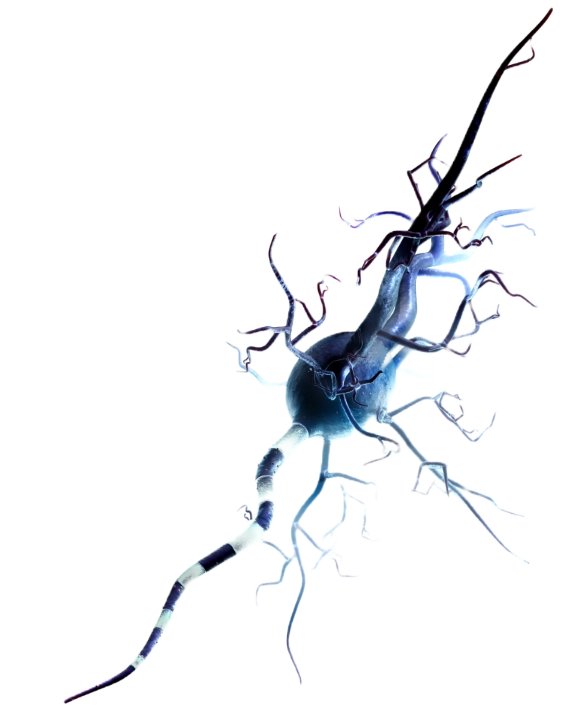NF-kB
Importance of NF-kB Biomarker: Unlocking Its Significance in Disease and Therapy
The Key Biomarker in Disease and Therapeutic Advances
Nuclear factor-kappaB (NF-κB) is a pivotal transcription factor orchestrating a complex network of cellular processes, from inflammation and immune responses to cell growth and survival. Its pervasive influence extends to a wide spectrum of diseases, making it a prime target for both therapeutic intervention and biomarker discovery. NF-κB has a prominent role in disease pathogenesis, potential as a biomarker, and exciting advancements have been shown in targeting this powerful molecule for therapeutic benefit. By understanding NF-κB's molecular footprint, we can unlock critical insights into disease mechanisms, diagnostics, and personalized treatment strategies.
Powerhouse Transcription Factor and its Biomarker Potential
NF-κB's significance lies in its ability to regulate gene expression, influencing a myriad of cellular responses. This "master regulator" role positions it as a valuable biomarker, offering a window into the inner workings of cells and their responses to disease. By analyzing NF-κB activity and its downstream effects, researchers and clinicians can gain a deeper understanding of disease progression, treatment efficacy, and patient outcomes.
What is NF-κB? A Primer on its Role in Cellular Processes
NF-κB comprises a family of proteins that typically exist in an inactive state within the cytoplasm, bound to inhibitory proteins called IκBs. Upon activation, IκBs are degraded, releasing NF-κB to translocate to the nucleus. Inside the nucleus, NF-κB binds to specific DNA sequences called response elements, initiating the transcription of target genes involved in inflammation, immune responses, cell proliferation, and apoptosis. The Rel homology domain (RHD) is crucial for DNA binding and dimerization of NF-κB subunits.
The Canonical NF-κB Pathway
The canonical NF-κB pathway, the most commonly activated pathway, typically responds to stimuli such as pro-inflammatory cytokines and Toll-like receptor (TLR) engagement. This triggers a cascade of events leading to IκB degradation and the nuclear translocation of the p50/p65 NF-κB heterodimer.
The Non-Canonical NF-κB Pathway
The non-canonical pathway is activated by a distinct set of stimuli, including certain members of the tumor necrosis factor (TNF) receptor superfamily. This pathway involves the processing of p100 to p52, forming a p52/RelB heterodimer that translocates to the nucleus.
Key Activators and Triggers
A variety of stimuli can trigger NF-κB activation, highlighting its role as a central integrator of cellular responses. These triggers include pro-inflammatory cytokines like TNF-α and IL-1β, pathogen-associated molecular patterns (PAMPs) recognized by Toll-like receptors (TLRs), and growth factors such as epidermal growth factor (EGF).
Downstream Effects
Once activated, NF-κB orchestrates a wide range of downstream effects by regulating the expression of target genes. These target genes include those encoding pro-inflammatory cytokines, chemokines, adhesion molecules, and other factors involved in immune responses, cell proliferation, and survival. NF-κB achieves this by binding to specific response elements in the promoter regions of these genes.
NF-κB as a Biomarker in Disease Detection and Diagnosis
NF-κB's involvement in a wide array of diseases has spurred extensive research into its potential as a biomarker for diagnosis, prognosis, and treatment stratification.
Inflammatory and Autoimmune Diseases
Cardiovascular Diseases
Cancer Early Detection and Subtyping
Other Conditions
Inflammatory and Autoimmune Diseases
*Driving the production of pro-inflammatory cytokines and contributing to tissue damage
Cancer Early Detection and Subtyping
*Potentially aid in early cancer detection, subtyping tumors, and predicting treatment response
Cardiovascular Diseases
*NF-κB activation contributes to the development of atherosclerosis and cardiac dysfunction
Other Conditions
*Implicated in other conditions, including neuroinflammatory disorders and rare diseases like Fibrodysplasia Ossificans Progressiva










